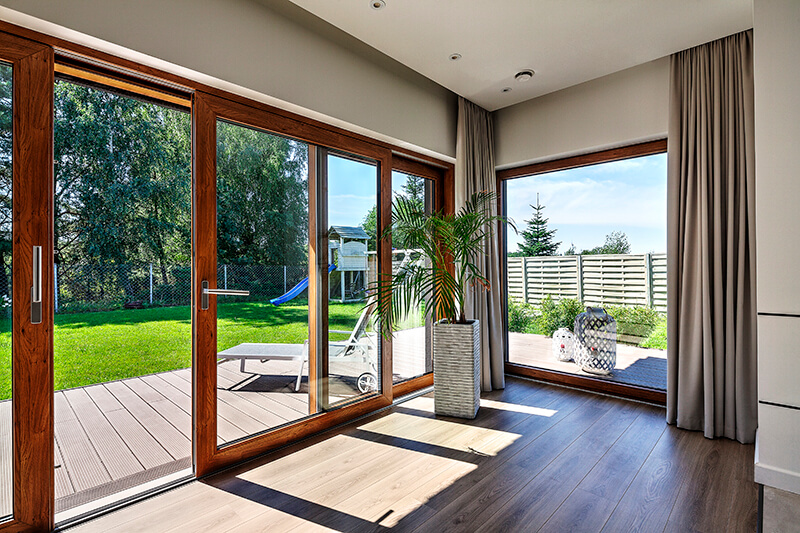The functionality of windows is influenced by many factors, m.in. technical parameters of the shaft cartridge used. One of the indicators describing the properties of the transparent part of the window is the coefficient of permeability of solar energy. It is up to him to what extent the rooms heat up from the solar radiation falling on the glass.
Solar energy permeability ? what does it tell you about?
In the group of parameters used to describe the properties of the glass there is a coefficient of permeability of solar energy g. He talks about how much of the solar radiation that falls on the glass enters the room. Its value is expressed as a percentage ? the higher it is, the greater the amount of energy coming from the sun is passed through the glass into the interior. The value of the g-factor consists of two elements: energy passing through the glass directly, as well as energy absorbed by the glass and then transferred to the room in the form of heat.
Solar energy permeability and season
The high value of the windshield energy permeability coefficient is useful during the heating season. In this case, a large part of the solar radiation enters the window. As a result, the floor and objects in the room become heated. These elements then reflect heat to the environment, which causes an increase in the air temperature in the interior. An undoubted plus of such a solution is the reduction of financial expenses associated with heating the house during the cold months. It should be remembered that the penetration of a large part of the radiation into the apartment during the winter, at the same time, means that the rooms heat up from the sun during the summer. This results in the need for air conditioning and therefore additional costs to ensure comfortable interior conditions.

What affects solar energy permeability?
The value of the solar energy permeability factor is influenced m.in. number of glass panes forming a glass package. The larger it is, the smaller part of the solar radiation enters the room through a transparent part of the window. In addition, a lower g-factor is found in glazing covered with low-carbon coating. Its presence improves the thermal insulation of the glass ? it ensures a low value of the heat transfer coefficient Ug. This means that a small amount of heat escapes from the room through the glass. In other words , the design prevents the interior from cooling down, which results in a reduction in the energy costs needed to heat the interior in the autumn-winter season. At the same time, the use of low-emission glass involves a decrease in the value of the solar energy permeability factor g.
How to avoid excessive heating of the premises in the summer?
The use of solar energy for interior heating is useful in winter, but makes it difficult to operate in summer. In order to limit the amount of radiation entering the apartment during the warm months, it is worth using external shields. The use of façade blinds or external blinds ensures that solar radiation does not penetrate into the interior. In turn, the covers installed inside the apartment absorb solar energy, which was passed through the glass, and then give heat to the environment. In this way, they increase the air temperature in the house, instead of preventing overheating of the premises. The advantage of external guards over internal guards can also be explained computationally. The total solar energy permeability factor of the window is the product of the solar energy permeability coefficient of the solar shaft package and the radiation reduction factor. External guards have a lower radiation reduction coefficient compared to indoor guards. The total solar energy permeability factor obtained using façade blinds is therefore lower than when using internal blinds.


